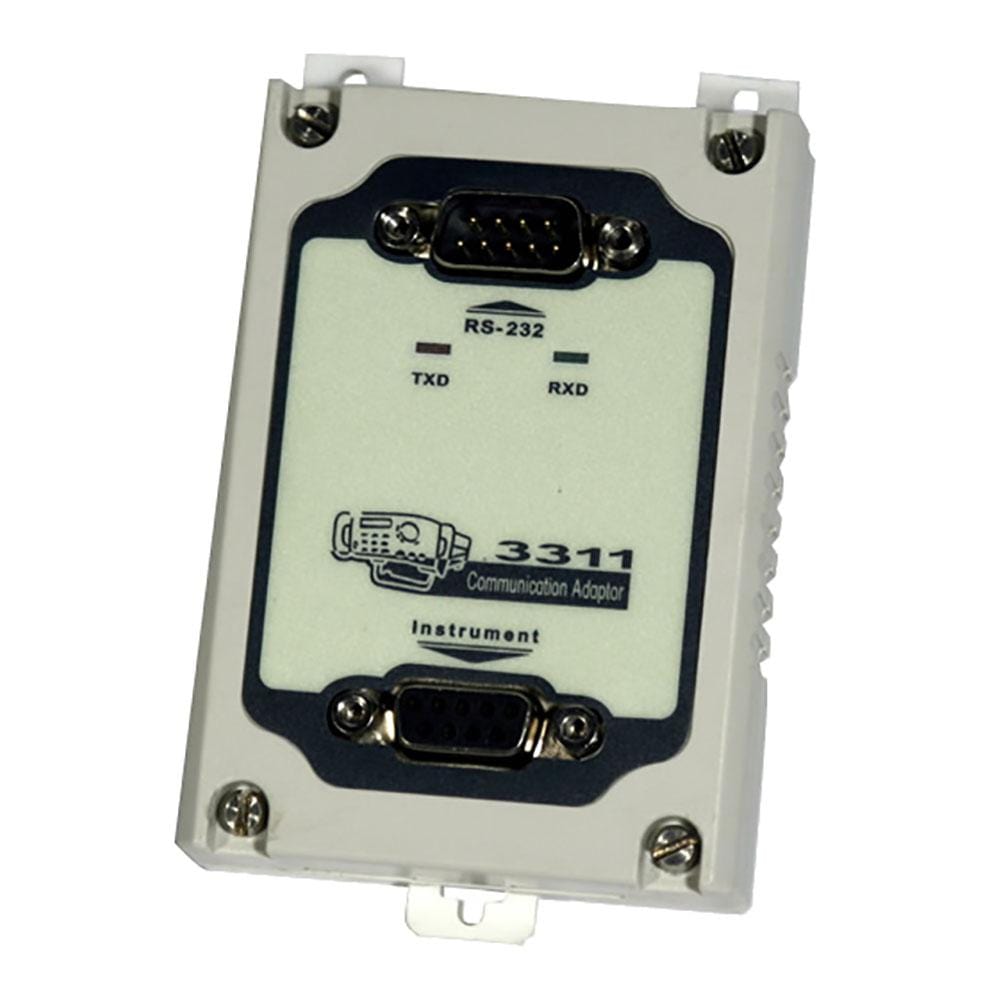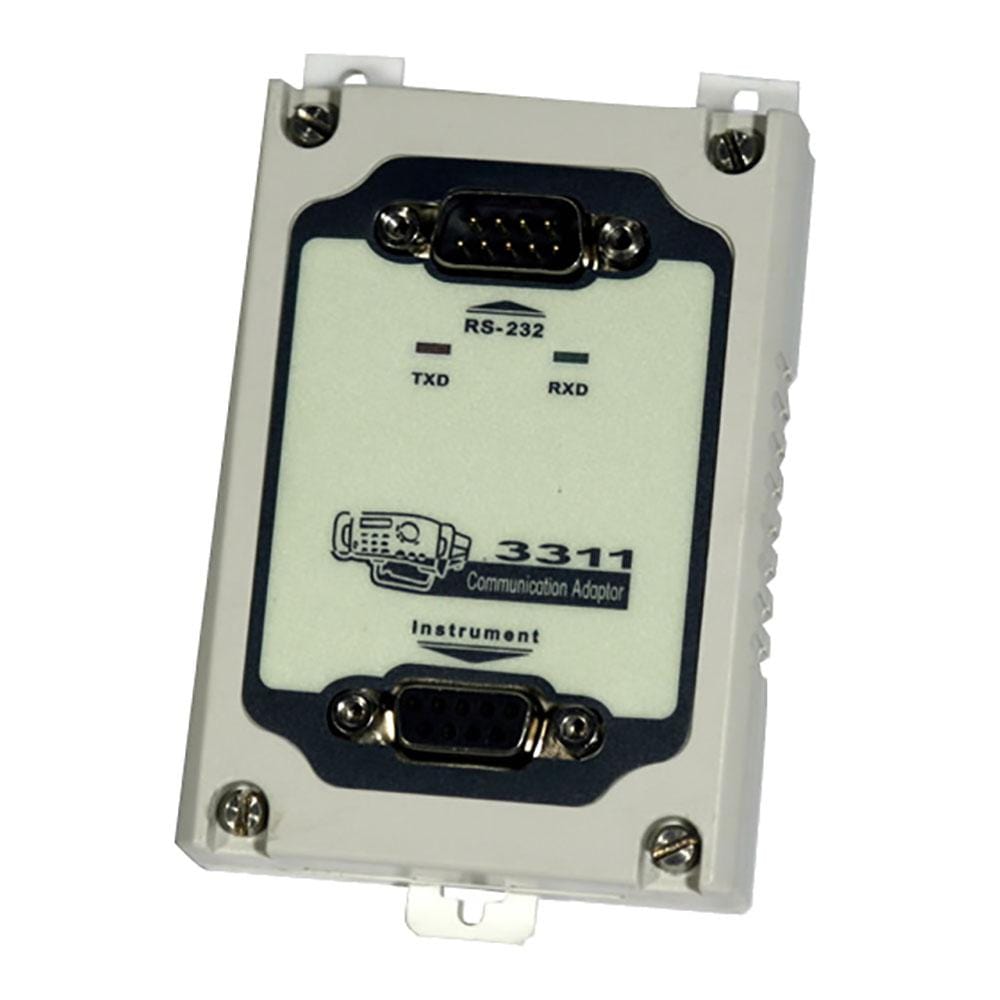
Key Features
Overview
Array Electronic 3311 RS-232C to TTL Adapter provides the correct level-shifting to control Array instruments that expose a TTL-level serial port. Use it to connect a PC’s RS-232C port to Array 364X programmable DC power supplies and Array 371X DC electronic loads for SCPI-style automation and logging.
The adapter is recommended in Array user manuals and is used widely in bench automation workflows. If your PC lacks RS-232, consider the USB variant Array 3312 USB-to-TTL Adapter. For multi-drop networks or longer cable runs, see Array 3313 RS-232C-to-RS-485 Converter and 3314 RS-485-to-TTL Converter. For GPIB systems, Array 3315 GPIB Interface is available.
Why consider 3311?
Array’s 364X/371X instruments communicate at TTL levels internally; connecting PC RS-232 directly risks errors. The 3311 ensures signal integrity and correct logic thresholds between your COM port and the instrument, enabling reliable control from Python, LabVIEW, or other serial tools.
Compatibility
Designed for Array 3644A/3645A/3646A power supplies and 3710A/3711A/3715A electronic loads. Typical use: instrument setup, automated sweeps, and long-term logging where a deterministic serial link is preferred.
Downloads
Why Engineers Choose The Array 3311 RS-232C-zu-TTL-Adapter
Recommended Interface For Array Instruments
Fast Integration
Deterministic, Driverless Link
Der Array Electronic 3311-Adapter kann Produkte der Serien 3600/3710A/11A an jedes Gerät anschließen, das mit einer RS-232C-Schnittstelle ausgestattet ist.
| General Information | |
|---|---|
Part Number (SKU) |
3311
|
Manufacturer |
|
| Physical and Mechanical | |
Weight |
0.5 kg
|
| Other | |
Warranty |
|
HS Code Customs Tariff code
|
|
EAN |
5055383600618
|
Frequently Asked Questions
Have a Question?
-
How do I confirm communication?
Open a terminal at the set baud rate and send a simple IDN/STATUS query per your instrument’s manual. Ensure instrument address/baud match and the cable is straight-through.
-
Is this suitable for multi-instrument control?
For one-to-one control, use the Array 3311. For multi-drop networks or long distances, RS-485 is better; see the 3313 and 3314.
-
What if my PC has no RS-232C port?
Use a quality USB-to-RS-232 adapter upstream, or choose the native Array 3312 USB-to-TTL Adapter.
-
Will this help avoid framing errors?
Yes. It ensures correct logic-level translation between RS-232C and TTL, preventing framing/overrun errors that occur with direct, non-translated connections.
-
Can I script control from Python or LabVIEW?
Yes. Use any serial library (e.g., pyserial, NI-VISA). Array instruments accept SCPI-style strings over the 3311 link.
-
What baud rates are supported?
T typical Array default is 9600 8-N-1. Higher rates may be configured on the instrument; keep cable runs short and use shielded RS-232 cables for signal integrity.
-
Is galvanic isolation provided?
No, the 3311 is a level-shifting adapter, not an isolator. If you need isolation, use an isolated RS-232 or USB isolator upstream of the adapter.
-
Do I need a null-modem cable?
Most setups use a straight-through DB9 cable from the PC to the 3311. If you don’t receive responses, try a null-modem cable and verify TX/RX orientation in your serial program.
-
Is it compatible with Array 3710A/3711A/3715A electronic loads?
Yes. It provides the required TTL-level serial interface for 371X loads. For multi-drop, consider the Array 3313 RS-232C-to-RS-485 with the 3314 RS-485-to-TTL connected to the instrument.
-
Will this adapter work with my Array 3644A/3645A/3646A PSU?
Yes. It’s the recommended RS-232C-to-TTL interface for 364X power supplies. If you prefer USB control, see the Array 3312 USB-to-TTL Adapter.

